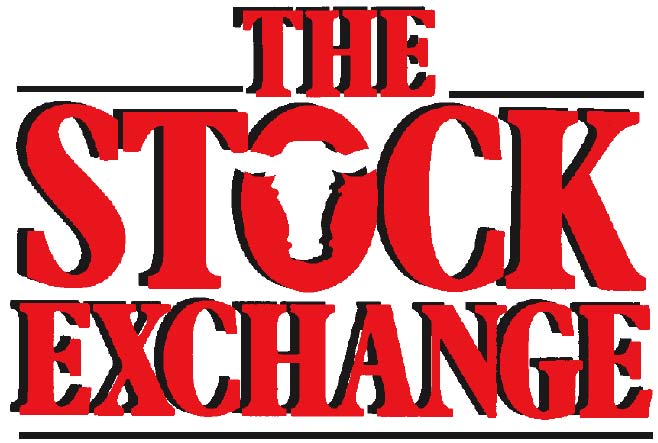Winter Tetany in Beef Cattle
Grass tetany is considered a problem that usually occurs when cattle or sheep are eating lush, spring grass or annual cereal forages such as rye, wheat or triticale; but, it can also occur when cattle are being fed harvested forages. Grass tetany, sometimes called grass staggers or hypomagnesaemia, is a metabolic disorder of cattle related to a deficiency of magnesium (Mg). Magnesium is a critical mineral to the nervous system and muscle function.…
